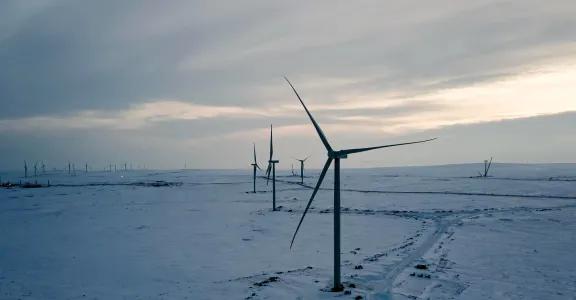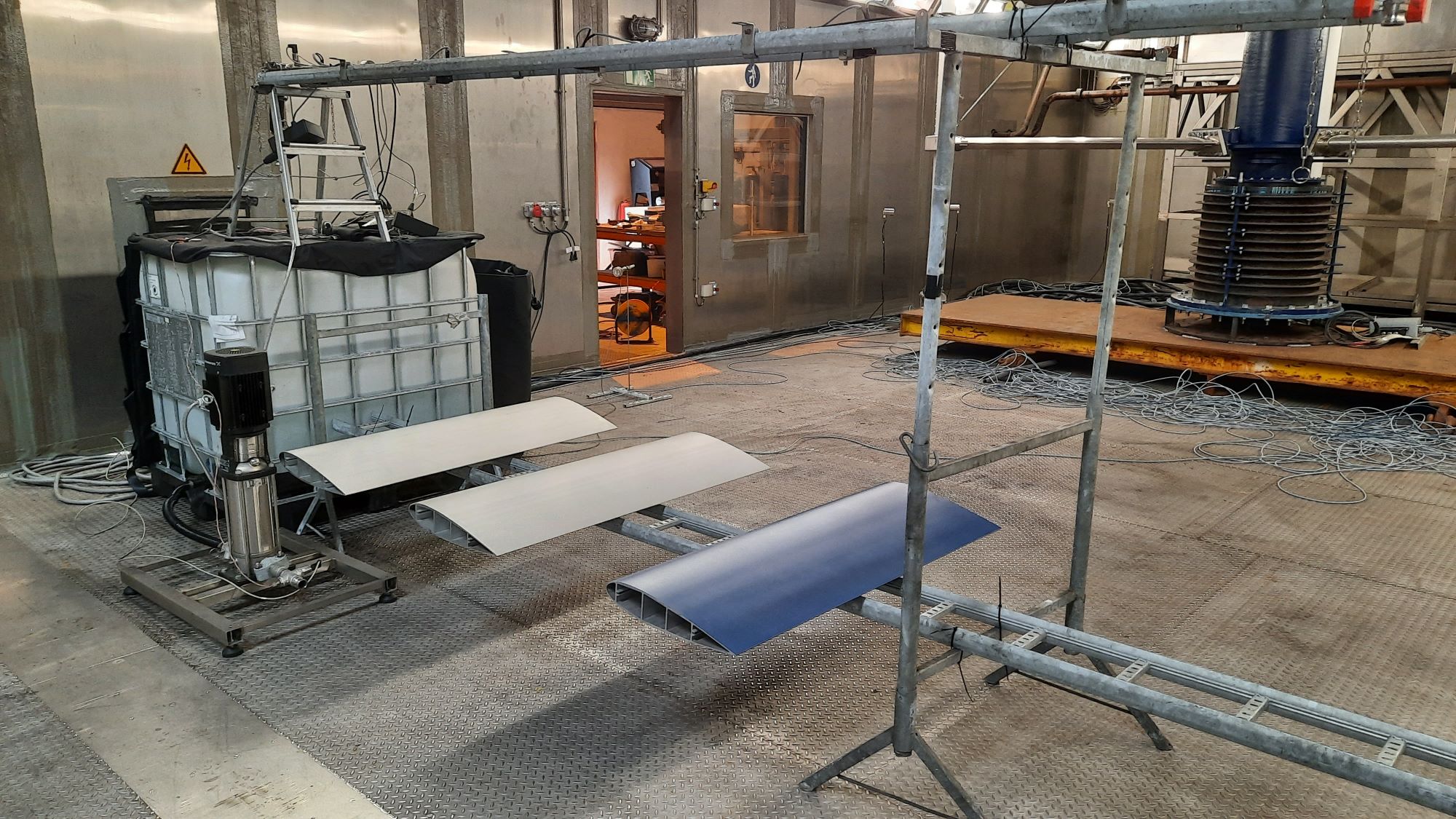Fairwind, a Belgian company that designs and manufactures vertical axis wind turbines, has in its offering the 50 kW-Polar-Version-Wind Turbine, which is entirely in line with the Paris Agreement objective to reduce the consumption of fossil fuels taking place in Antarctica. To verify the proper behaviour of its central shaft, the company performed climatic tests on a full-scale prototype under real-live Arctic conditions.
Developing equipment for extreme environments such as Antarctica, bump into different obstacles: low temperatures and Antarctica’s harsh conditions, such as severe icing and very high windspeed, bring additional challenges to the wind turbine design and manufacturing process. For example, the developers needed to consider additional environmental loads, such as ice accretion on rotor blades or thermal expansion and contraction with such temperature gradients. Different materials, coatings and lubricants needed to be used, and cold start-up procedures had to be adapted as well. Moreover, the emergency braking system integrated into the blades needed to be verified and its operation validated for such extreme events in cold climate sites. Finally, maintenance actions were foreseen according to Antarctica access restriction and remote location.
Realistic simulation of polar conditions
Fairwind wanted to verify as precisely as possible the proper behaviour of its full-scale Polar-Version central shaft under realistic conditions as they occur in Antarctica. For the necessary climatic tests on the full-scale wind turbine prototype the company turned to Sirris with its Large Climatic Test Chamber at the Antwerp Sirris site. Next to the cold-start tests of the wind turbine prototype itself, different anti-icing blade coatings were tested and compared as well.
During the tests campaign, the chamber reached a minimum temperature of -40°C, which aimed to verify the machine’s safe and reliable operations in temperature conditions similar to the ones in Antarctica, where the central shaft will be installed on an actual wind turbine at the German meteorological Neumayer-Station III.
Part of the tests campaign, next to the functional tests on the prototype, aimed to test different anti-icing coatings on rotor blade samples using a new icing array, developed by Sirris. Different types of ice were tested with this new icing array.
Thanks to the large size of the climate chamber and the icing set-up, the full- scale 50 kW-Polar-Version wind turbine central shaft could be installed and operated in extremely low temperatures, down to -40 °C, bringing its realistic testing campaign to a successful ending.






